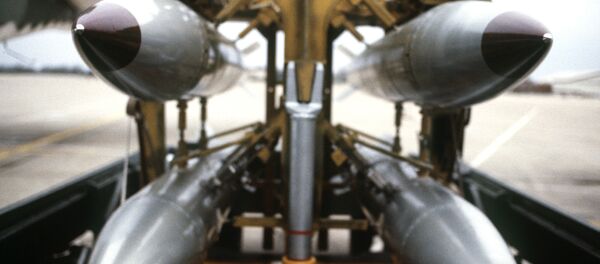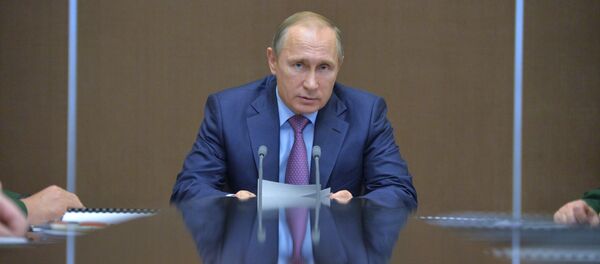In 2010, the Obama administration’s Nuclear Posture Review stressed that the United States, in the interest of non-proliferation, would not develop any new nuclear weapons. Stockpiles already in place – like the B61s held in six bases across continental Europe – can remain, but not increased.
Which is why the development of the B61-12 is entering into an uncomfortable gray area. While not technically a new weapon, the Pentagon is administering significant upgrades to those B61s. With a new tail kit and adjustable yield, the US military is turning its aging hoard of "dumb" nukes into precision-guided models.
The exorbitant cost to taxpayers is certainly one point of criticism– at $8 billion, the B61-12 is often referred to as the most expensive nuclear bomb ever made – but the escalated potential for conflict is another.
"If I can drive down the yield, drive down, therefore, the likelihood of fallout, etc, does that make it more usable in the eyes of some – some president or national security decision-making process?" former head of US Strategic Command General James Cartwright told PBS.
"And the answer is, it likely could be more usable."
Knowing that it has access to a "usable" nuclear weapon could alter the way the Pentagon thinksabout nuclear war. The B61-12’s "Dial-a-yield' technology means that any bomb could have its explosive force adjusted. With a max of 50,000 tons of TNT equivalent and a minimum of 300 tons, the military could customize its desired effect.
A weapon that has been historically considered too dangerous to use could instead be viewed as a legitimate consideration in warfare.
"Without a doubt. Improved accuracy and lower yield is a desired military capability. Without a question," former US Air Force Chief of Staff General Norton Schwartz said during a 2014 conference.
While US officials continue to debate semantic arguments about the definition of the word "new," the upgrades to the nuclear stockpile will doubtlessly be seen as an alarming move by regional actors, especially given that the Pentagon’s new F-35 fighter jets can be outfitted with the new B61s.
"If the Russians put out a guided nuclear bomb on a stealthy fighter that could sneak through air defenses, would that add to the perception here that they were lowering the threshold for the use of nuclear weapons?" said nuclear weapons expert Hans Kristensen of the Federation of American Scientists, according to Mother Jones.
"Absolutely."




